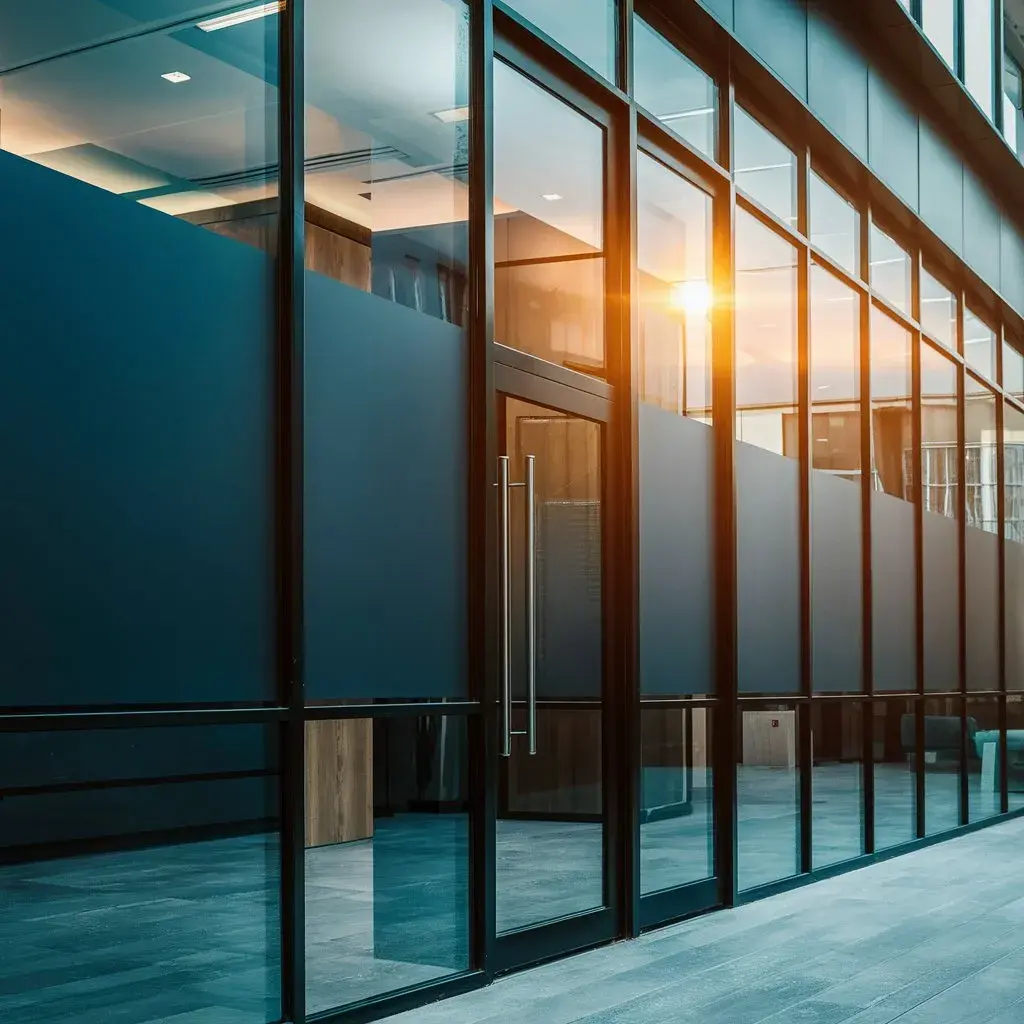
In the realm of security enhancements for commercial spaces, the integration of bullet-resistant films within commercial tinting offers a significant advancement in protective measures. These specialized films, crafted from layers of polyethylene terephthalate (PET) and other high-tensile polymers, are designed to fortify glass against ballistic impacts, thereby mitigating the risk of penetration and subsequent injuries. The technical sophistication of these films lies in their ability to disperse the energy from bullets, effectively protecting occupants without compromising the architectural aesthetics. However, the decision to implement such technology raises important considerations regarding the balance between visibility and security, which we will explore further.
Understanding Bullet-Resistant Films in Commercial Tinting
Bullet-resistant films, typically composed of multiple layers of polyethylene terephthalate (PET) and other polymers, are engineered to enhance the ballistic resistance of glass in high-risk commercial environments. These films are strategically developed to maintain transparency while providing a robust barrier against various ballistic threats. The multi-layer structure not only absorbs the energy of ballistic impacts but also helps prevent the spall and shatter that often accompany such events, thereby safeguarding occupants from potential injuries.
The effectiveness of these films largely depends on their thickness and the lamination process used during manufacturing. Industry standards dictate specific thicknesses and compositions to meet varying levels of ballistic threat. For instance, films designed to withstand low-level threats may be thinner compared to those intended for higher-risk scenarios, which require a more substantial barrier.
For businesses operating in sectors where security risks are prevalent, integrating such security measures is not merely a precaution but a necessity. The sense of security and belonging that comes from knowing one’s environment is fortified with bullet-resistant technology cannot be underestimated. It empowers employees and customers alike, fostering a more secure and confident community within high-risk zones.
This protective measure is a testament to the commitment of businesses to ensure the safety and well-being of their stakeholders.
Implementing Security Enhancements
Implementing security enhancements, such as bullet-resistant films, requires meticulous planning and adherence to industry-specific protocols to ensure optimal safety and functionality in commercial settings. The initial step involves a comprehensive risk assessment, tailored to the specific vulnerabilities of the facility. This assessment should consider factors such as geographical location, historical data on security breaches, and the nature of business operations.
Following this, selection of the appropriate grade of bullet-resistant film is crucial. Products range from thinner films designed to withstand low-caliber handgun rounds to thicker, more robust versions capable of stopping higher caliber bullets. It is essential to choose a film that aligns with the identified threat level without compromising the aesthetic and structural integrity of the existing glass installations.
Installation is a critical phase and must be performed by certified professionals. Proper application techniques are vital to maintain the film’s efficacy and durability. This includes ensuring a bubble-free application and secure edge-sealing to prevent peeling and moisture penetration.
Lastly, integration of bullet-resistant films should be complemented with other security measures such as electronic surveillance and reinforced access controls, creating a comprehensive security solution that enhances the sense of safety and belonging among employees and clients alike.
In the grand tapestry of commercial fortification, bullet-resistant films emerge as the unsung heroes, valiantly standing guard against the slings and arrows—or, more accurately, bullets—of outrageous fortune.
This innovation, steeped in the alchemy of PET and polymers, offers a silent yet resilient bastion of security, artfully blending the invisible with the invincible.
As businesses bedeck their glass facades with this modern armor through commercial tinting, it becomes clear that the pen—or in this case, the film—is indeed mightier than the sword.